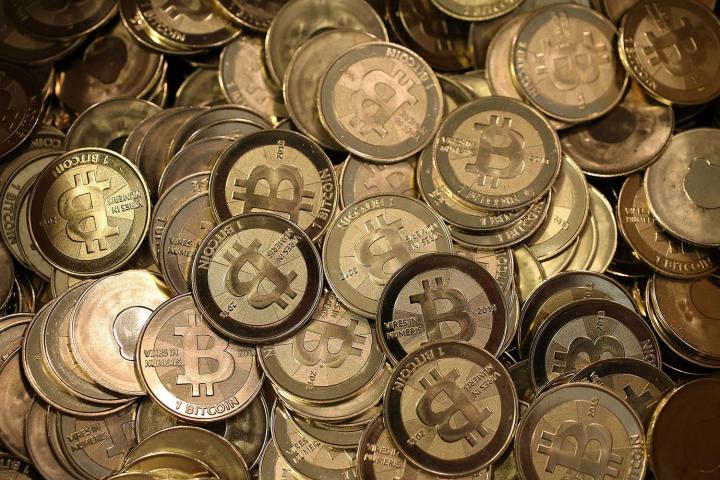
Stealing staples and paper clips is minor league compared to what two Russian engineers are now facing after using one of the country’s most powerful supercomputers for their personal cryptocurrency mining gains. The incident took place at the highly secured Federal Nuclear Center in Sarov, western Russia, the same facility used by scientists to create the Soviet Union’s first nuclear bomb during the Cold War.
To understand the significance of the facility’s unauthorized use of the supercomputer, you have to paint a picture of the surrounding area. In the past, you didn’t see the top-secret town marked on any Russian map. It’s currently cut off from the rest of the world by a barren no man’s land that is guarded by soldiers and barricaded with barbed wire fences. Getting in and out of the area requires a special permit.
The Federal Nuclear Center residing within the isolated town employs around 20,000 people. It plays host to a supercomputer that performs around 1,000 trillion calculations per second (1 petaflop). This supercomputer, which went live in 2011, is typically disconnected to the internet for security reasons. That is where the two busted miners made their mistake.
According to reports, the two engineers accessed the supercomputer to mine Bitcoins, which requires lots of processing power and an internet connection. Once they manually connected the supercomputer to the internet, the facility’s security system immediately reported the connection to Russia’s Federal Security Service (FSB). Agents promptly investigated the suspicious activity, catching the miners in the act.
Dubbed as the “Mountain Miners” by the media, the names of the two engineers were not disclosed. Both were released from custody but cannot leave the country.
“Mountain miners were detained by competent authorities,” reads a translated statement from the Federal Nuclear Center. “As far as we know, a criminal case has been initiated against them. We draw attention to the fact that such attempts have recently been registered in a number of large companies with large computing capacities. At our enterprises, they will be severely suppressed. This is a technically unpromising and criminally punishable occupation.”
The Bitcoin digital currency platform consists of multiple parts, such as generating coins and keeping track of transactions. There is no central point, like a bank, that manages these components. Instead, the platform depends on anonymous individuals and their PCs. Mining is a method of creating coins without paying for them, which requires loads of processing power. Russia’s supercomputer was unquestionably a prime candidate for mining Bitcoins.
Cryptocurrency is reportedly on the rise in Russia. The government is considering the CryptoRuble for mid-2019, according to President Vladimir Putin’s economic advisor, Sergei Glazyev. These state-generated digital coins would be a means to settle sanctions and accounts with other nations.
Meanwhile, residents and businesses are jumping on the cryptocurrency bandwagon, such as one individual who purchased two power stations just for mining purposes. Even more, an overheated electrical grid recently caused fires in residential apartment buildings due to large amounts of cryptocurrency mining. Other industrial industries are used for mining as well.
Editors' Recommendations
- Intel may be working on specialized chip for mining Bitcoin
- How to mine Bitcoin
- What is Bitcoin mining?


